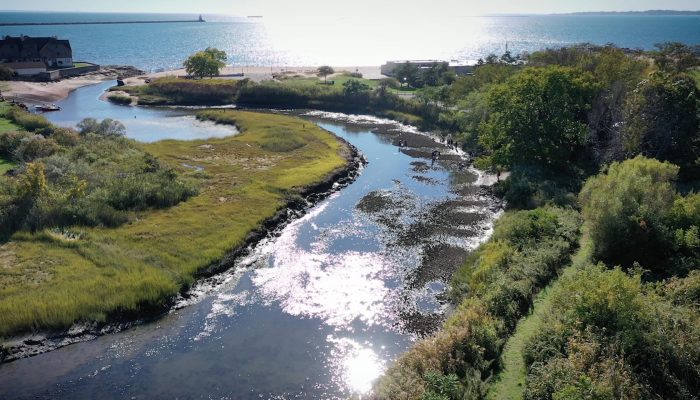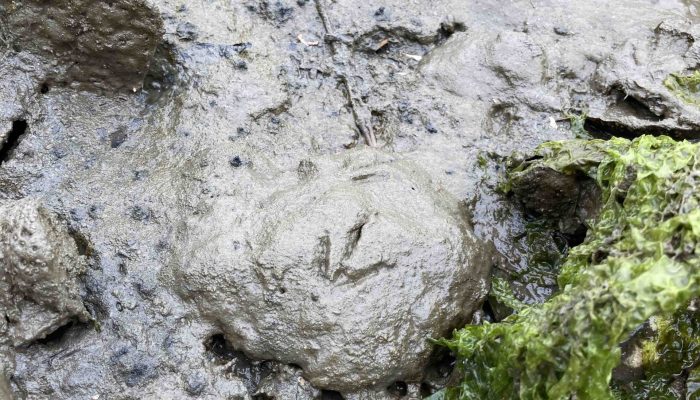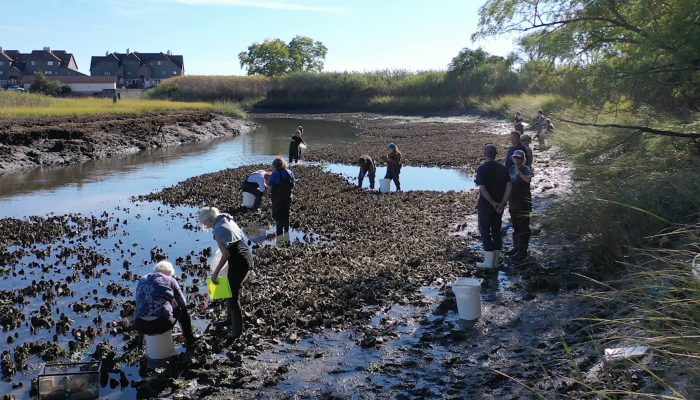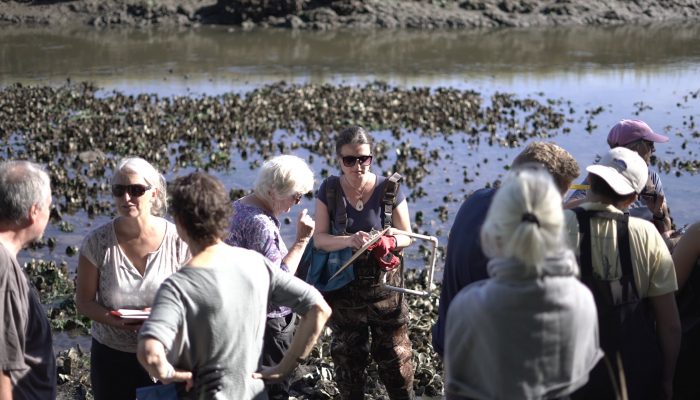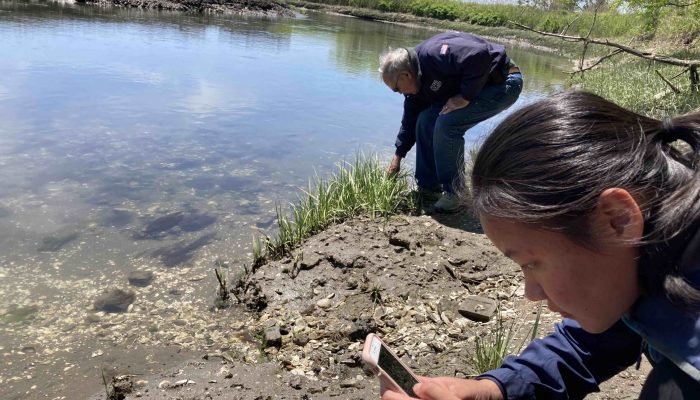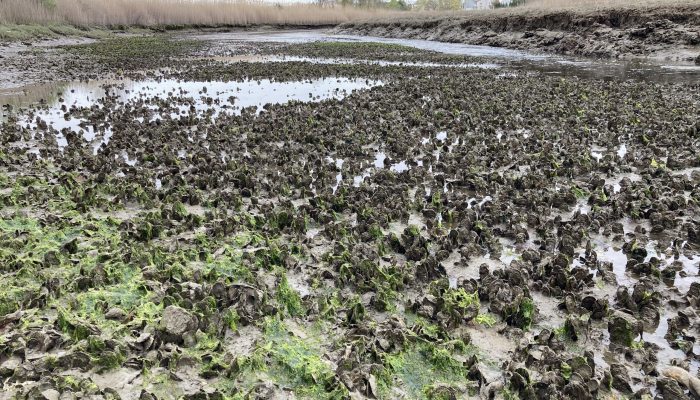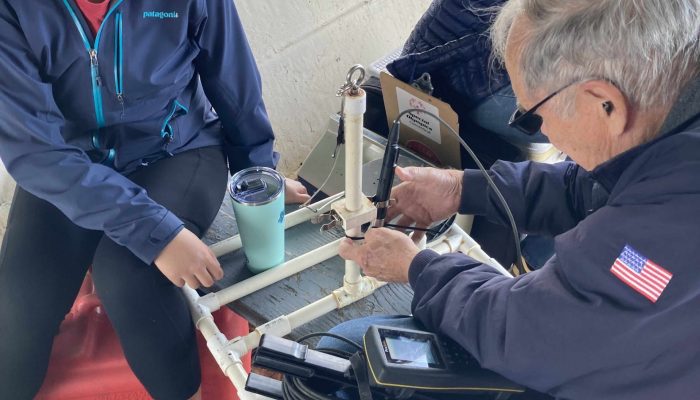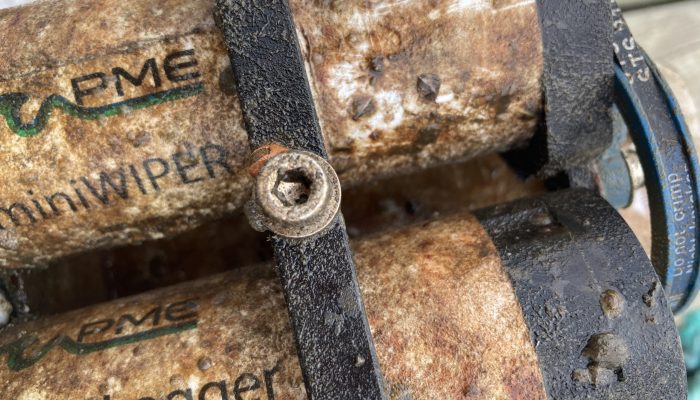In collaboration with Dr. Mary Beth Decker from Yale University, Mr. Richard Harris of Copps Island Oysters, and in partnership with local community members, including members of the New Haven Bioregional Group, Dr. Zofia Baumann led researchers to investigate oysters and water properties in Morris Creek and Quinnipiac River. This was a 1-year long project funded in 2022 by the Quinnipiac River Fund with supplemental funds from the Women’s Seaman Friends Foundation. Water was monitored continuously through data logger deployments, while oysters were assessed during several events. First, during the summer, we looked if we could detect oyster spawning using non-invasive methods. We counted and measured oysters in the fall to determine their density and size distributions. We found that oysters spawned between June 6th and 26th in 2022, and a month later, we observed a 2-3 mm size spat. We also found that several size cohorts existed at both study sites, but the oysters of Morris Creek were more established – had more size cohorts than in the intertidal zone of the Quinnipiac River. We compared the counts of live vs. dead oysters and saw that fewer oysters were found dead in Morris Creek (13%) than in the Quinnipiac River (23%). There were on the order of 400-500 living oysters per square meter, ranging in size from small spat (few mm) to large oysters, as big as 230mm (probably at least 7 years old). The continuum of water monitoring allowed us to determine that neither of the two sites experienced oxygen depletion to unhealthy levels for extended periods, something snapshot measurements can never reveal. Indeed, Mr. Harris, with the assistance of students and staff of Copps Island Oysters, took snapshot measurements every two weeks during high tide and found very high oxygen content.- Never during the summer of 2022 was the oxygen level below 3 mg/L in the Quinnipiac River based on these measurements.
As this was the first year we used data loggers, we found some difficulties, but with lessons learned, we plan to continue measurements. We use pH loggers by ONSET (MX-2501), PME oxygen loggers with wipers, and conductivity and pressure loggers by STAR ODDI.
Photo credit: Thomas Rettig/UConn (some of the pictures in the slide show were taken by Zofia Baumann)
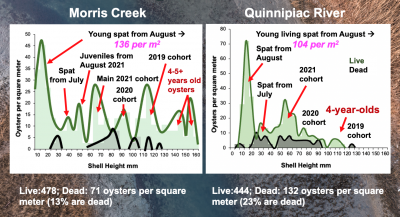
The data in the above-shown figures show the size frequencies of oysters at two intertidal oyster reefs in New Haven. There are two spawns in Long Island Sound, something that the earlier oyster researchers here noted with meticulous documentation. Sometimes the July set is larger than the August set, and vice versa. Based on our small study, it would appear that in 2022 we had a larger set in August. More research is needed to understand the current rhythm of oyster spawning in LIS, where waters are warming rapidly due to climate change. We must answer questions such as “do Long Island Sound oysters spawn sooner than in previous decades?”
We shared the results of our project recently at the Q River Grille, located on the Quinnipiac River, with community members. Check out posts on the Facebook page of the New Haven Bioregional Group. During the event, we shared but also learned from New Haven residents. They shared that they found small pearls in some of the LIS oysters (how cool is that?!), and we learned that the Quinnipiac River was full of eelgrass before some of the highways were constructed. We are looking forward to learning lots more with our future projects, so stay tuned!
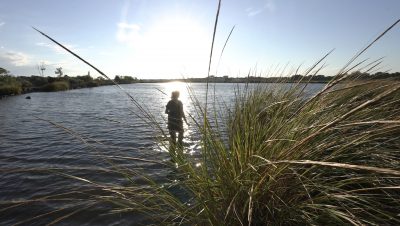
If you represent a foundation that is interested in investing in restoration science, whether in New Haven or elsewhere in Connecticut, please reach out to Dr. Zofia Baumann (zofia.baumann@uconn.edu).
